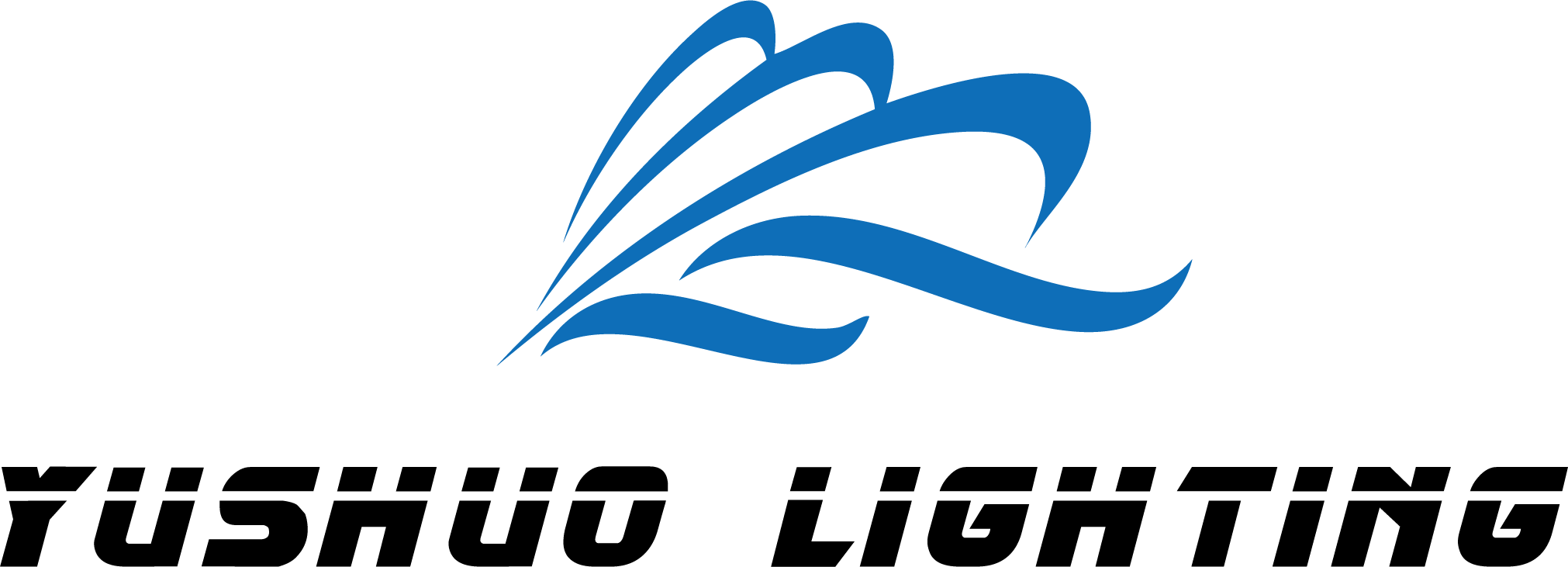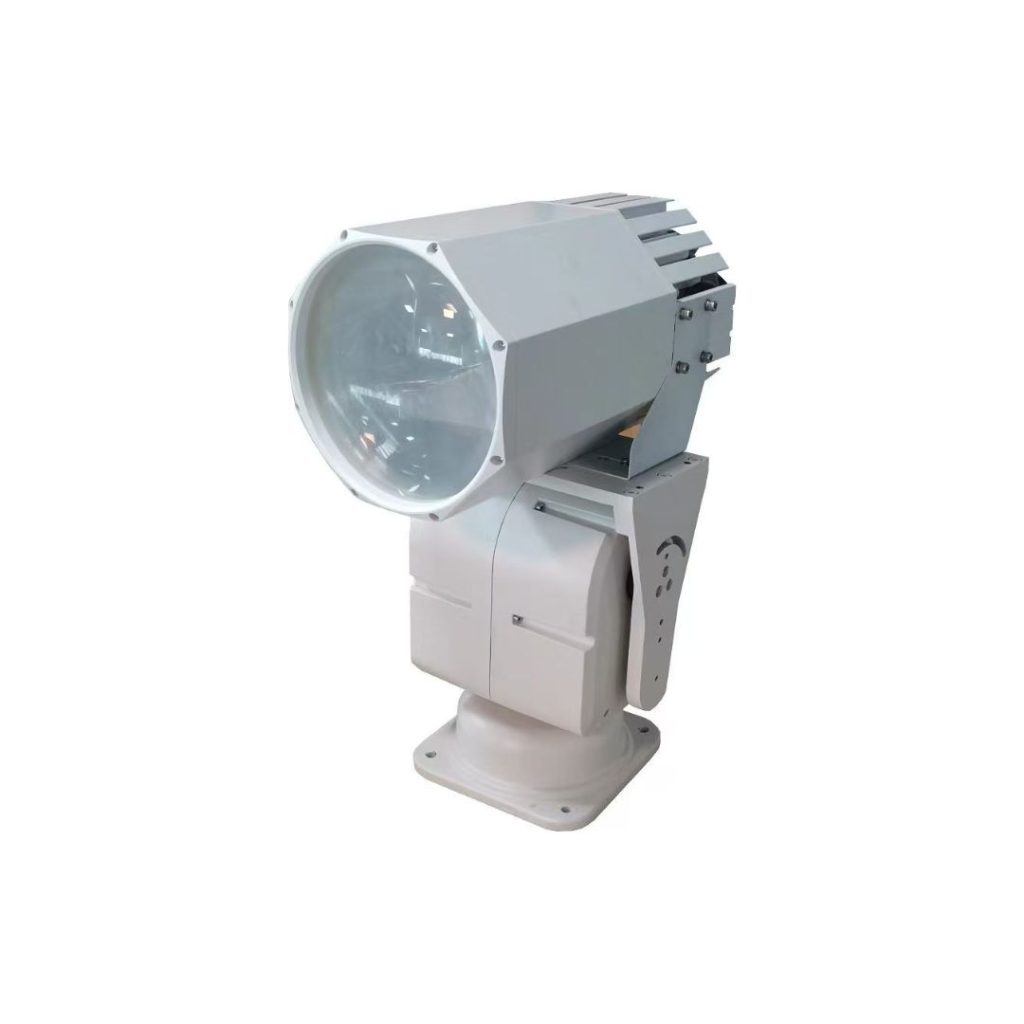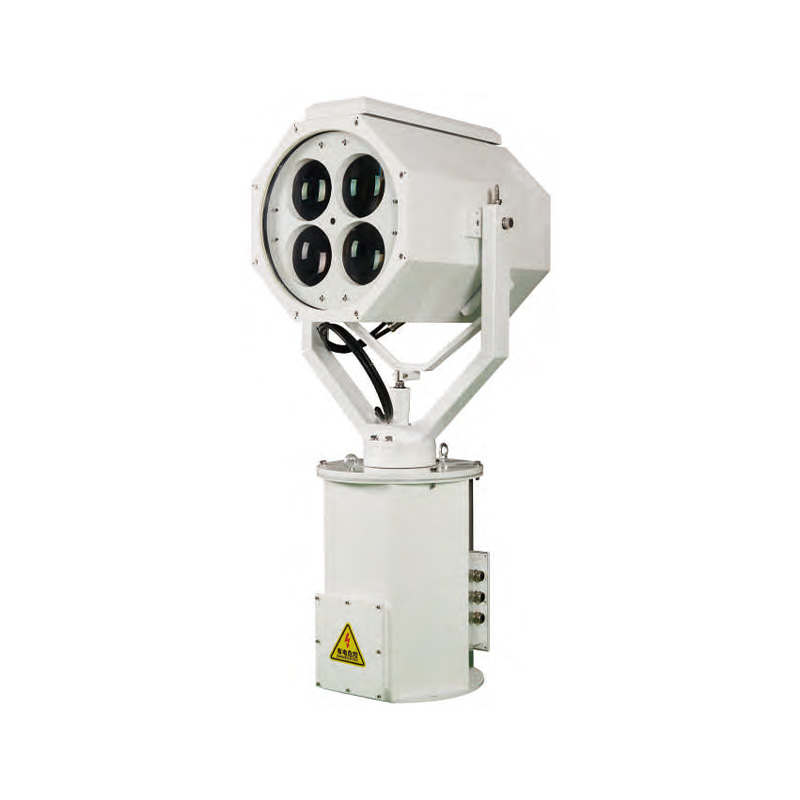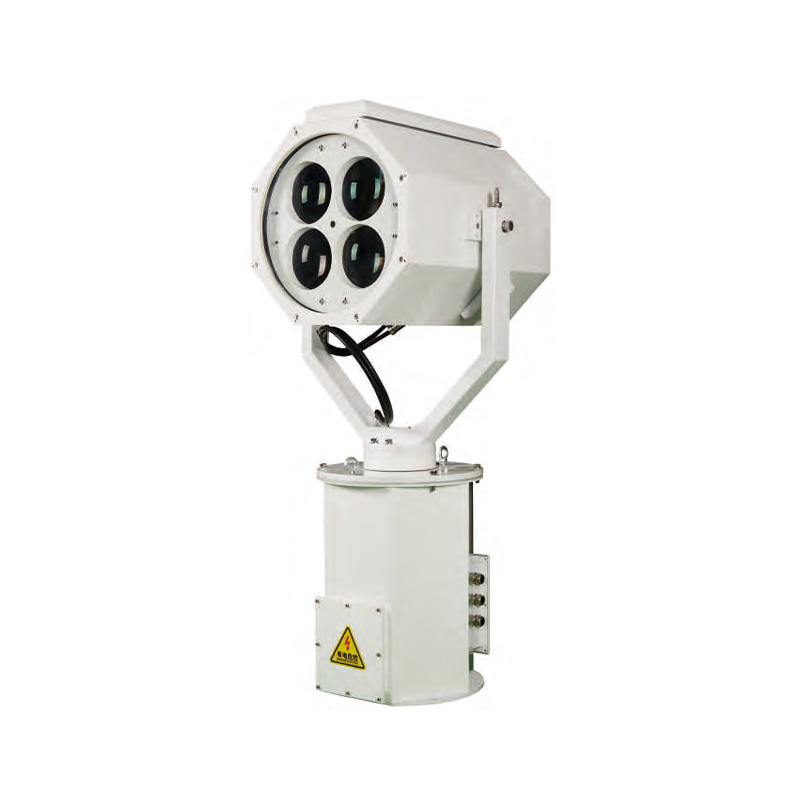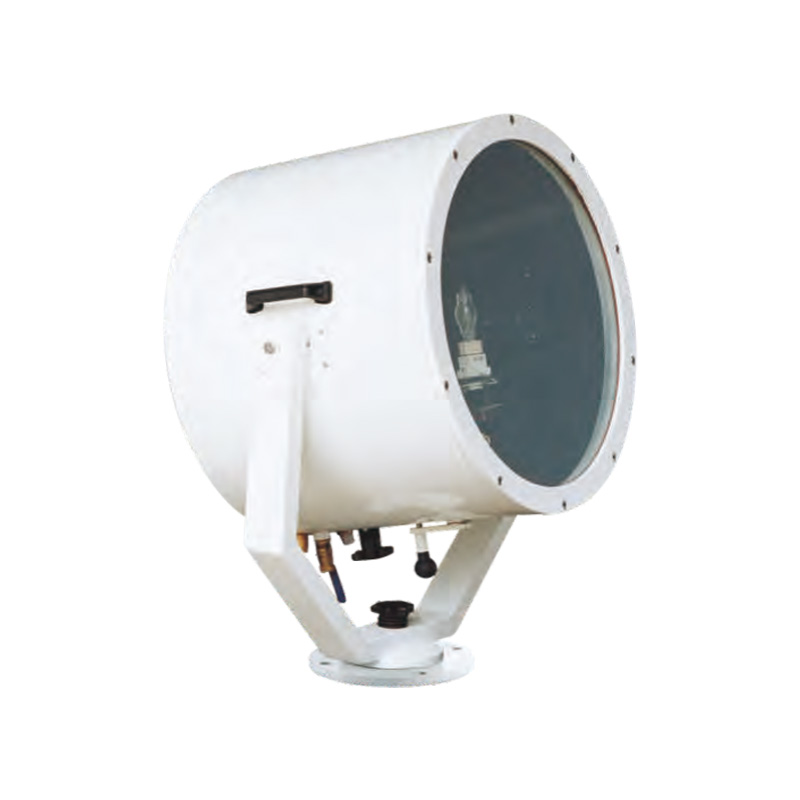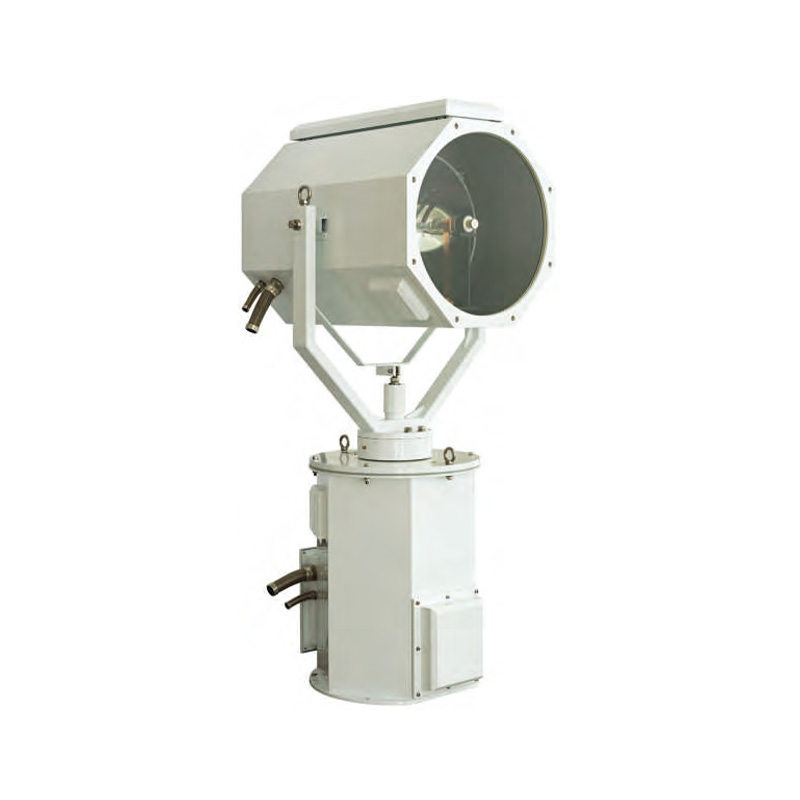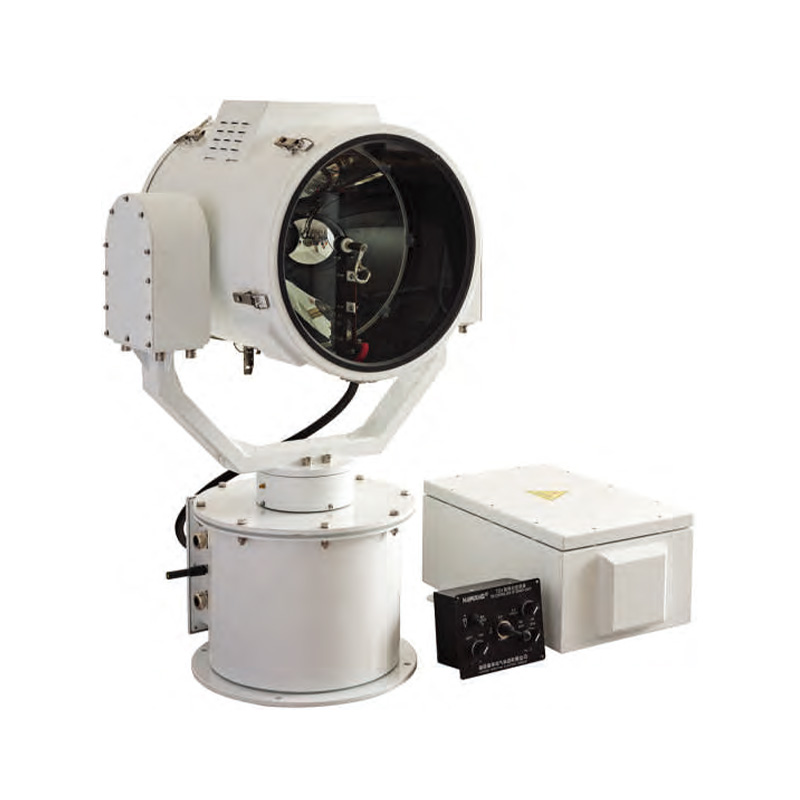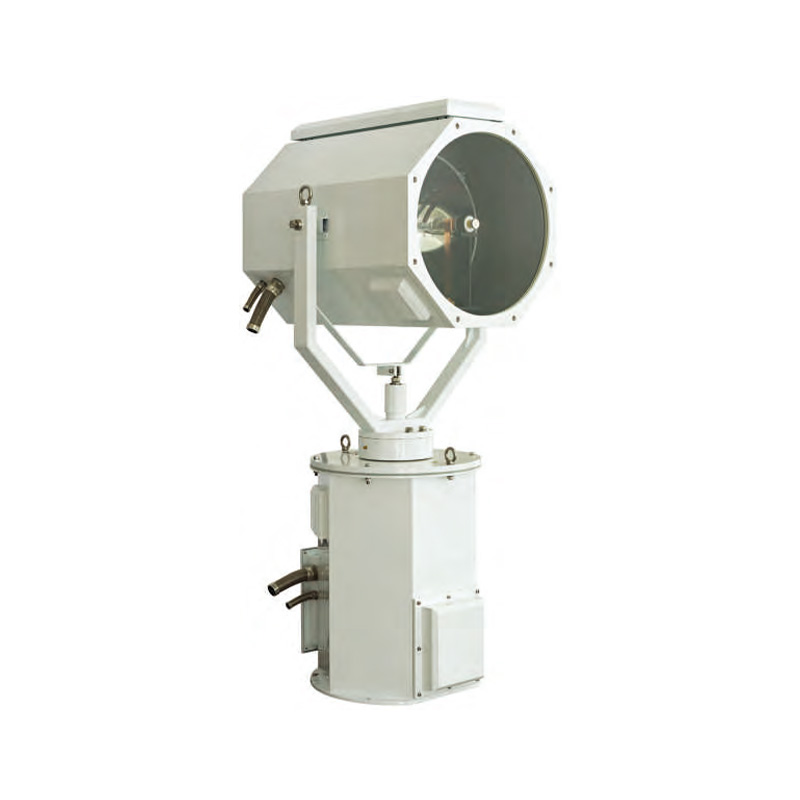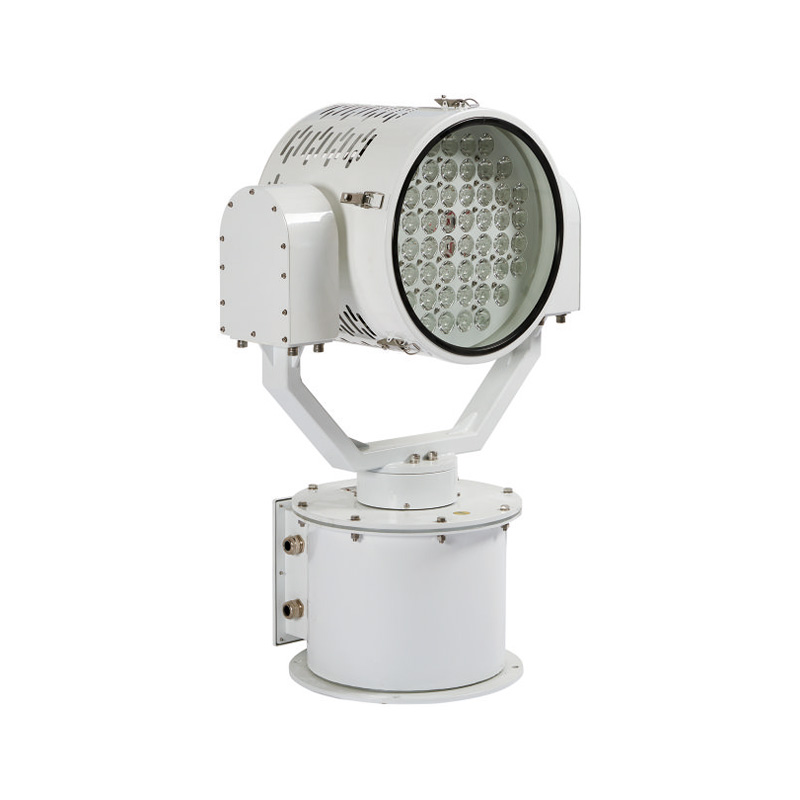How the integration of Marine Searchlights with Navigation Systems Enhance Safety and Efficiency
Table of Contents
When navigating through low-visibility conditions such as fog, storms, or nighttime travel, safety and efficiency are especially important. The integration of marine searchlights with modern navigation systems has emerged as a critical technological advancement in improving visibility, enhancing safety, and streamlining maritime navigation. This article explores how integrating searchlights with navigation systems benefits marine vessels and the technology behind this development.
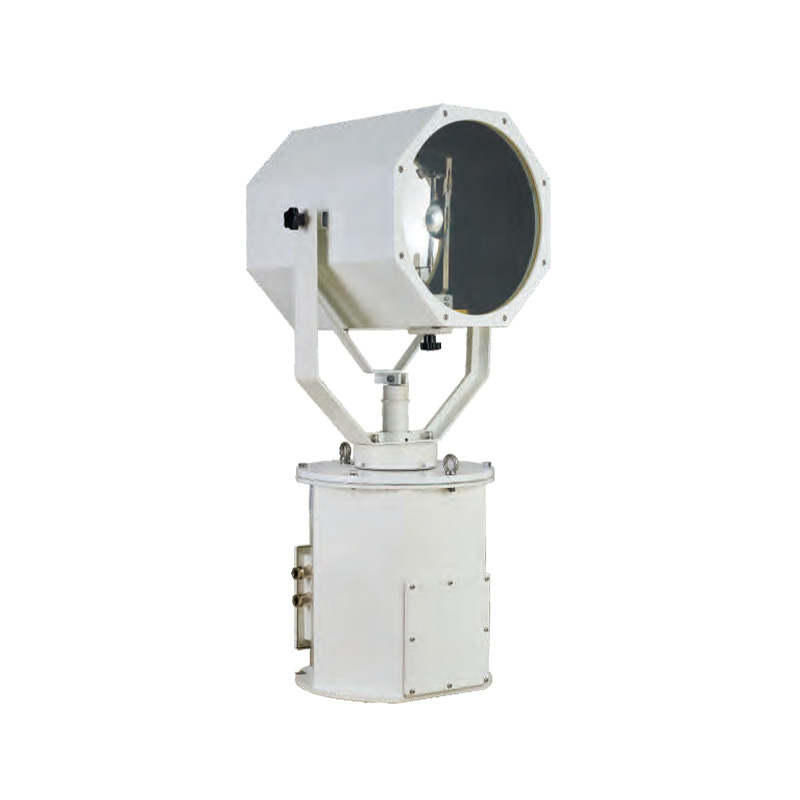
Importance of Marine Searchlights
Marine searchlights have long been an essential tool in ensuring safety during night operations or in low-visibility conditions. Their powerful beams help illuminate obstacles, potential hazards, and docking points, giving ship operators better control over their surroundings. Searchlights are especially crucial for the following applications:
- Night navigation: Providing enhanced visibility for navigating through narrow channels, avoiding collisions, and ensuring safe passage.
- Rescue missions: Aiding in search and rescue operations by locating individuals or vessels in distress.
- Docking: Illuminating harbors, docks, or marinas, ensuring smooth docking procedures, particularly during nighttime or foggy conditions.
However, traditional searchlights function independently from the vessel’s navigation system, relying solely on manual operation. This often results in inefficient usage and requires considerable coordination from the crew.
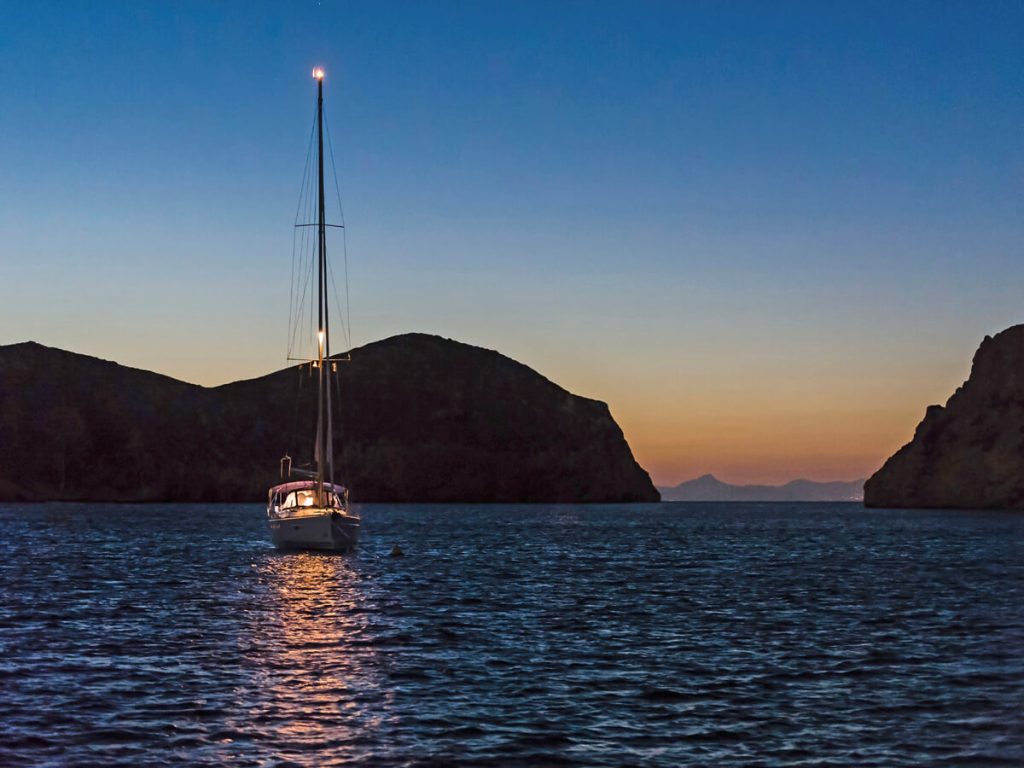
Technology Behind Integration of Marine Searchlights with Navigation Systems
The integration of marine searchlights with navigation systems is a complex, multi-faceted process that brings together various advanced technologies to enhance maritime operations.
1. GPS and Navigation Data Synchronization
One of the foundational technologies for integrating marine searchlights with navigation systems is Global Positioning System (GPS) synchronization. GPS provides real-time data on a vessel’s location, speed, and course. When integrated with the searchlight system, this data allows for automatic adjustments in the direction and range of the searchlight beam based on the vessel’s position and movement.
- Dynamic Beam Control: As the ship moves, the GPS system continuously updates the vessel’s coordinates and trajectory. The searchlight, in turn, adjusts to maintain illumination in the direction of travel or toward specific waypoints. This prevents the need for manual adjustments, providing hands-free operation.
- Pre-programmed Routes: Vessels can set pre-determined routes in their navigation systems. By synchronizing searchlights with these routes, the light can be programmed to focus on key points during the journey, such as harbors, entry points, or areas of interest, improving the ease of navigation.
2. Radar Integration for Obstacle Detection
Modern marine navigation lighting systems rely heavily on radar to detect obstacles, such as other vessels, buoys, land masses, and underwater hazards. When radar is integrated with searchlights, the system can automatically direct light beams toward detected obstacles.
- Targeted Illumination: Upon detecting an obstacle, the radar system relays the information to the searchlight system. The searchlight automatically adjusts its position to focus on the object, providing visual confirmation for the crew. This is particularly useful in situations where radar detects objects that may not be immediately visible due to weather conditions or darkness.
- Collision Avoidance: By integrating radar and searchlights, vessels can illuminate potential collision risks more quickly and effectively, reducing reaction time for evasive maneuvers.
3. Automated Searchlight Control Systems
Automated control systems are integral to the seamless functioning of integrated searchlights. These automated marine LED searchlights use advanced algorithms and control mechanisms to adjust the direction, intensity, and focus of the searchlights based on real-time navigation data.
- Real-time Adjustment: Automated control systems respond instantaneously to changes in the vessel’s navigation data or radar feedback, ensuring that the searchlight beam is always focused on the right area, whether it’s illuminating the path ahead or focusing on a specific target.
- Hands-Free Operation: This automation reduces the need for crew involvement, freeing them from manually controlling the searchlights, which can be time-consuming and error-prone. By automating this process, the crew can focus on other critical navigation tasks.
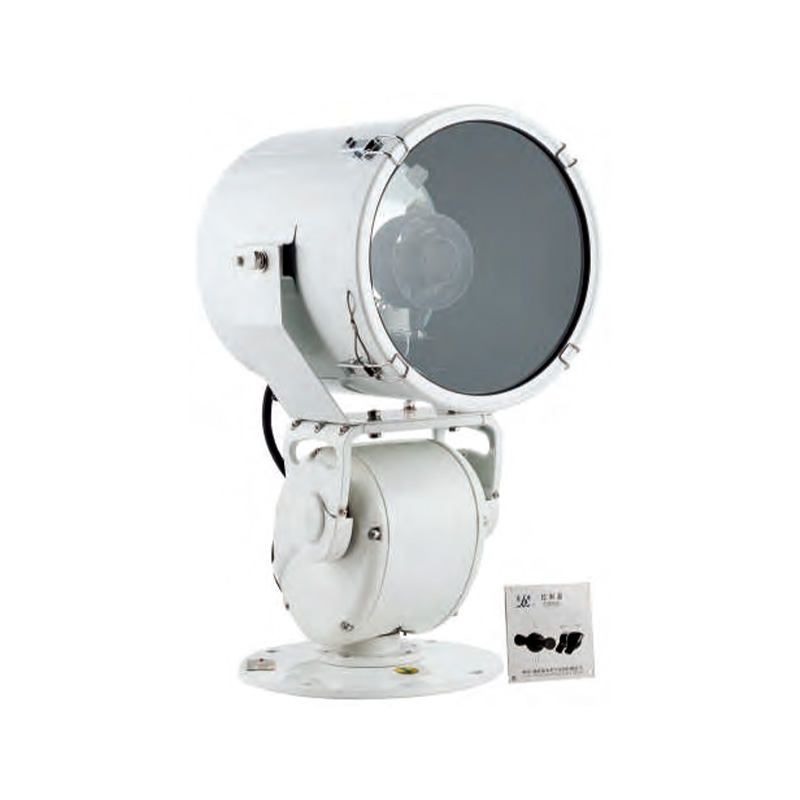
4. Thermal and Infrared Imaging Integration
In conditions where visibility is severely limited such as in fog, smoke, or total darkness, and searchlights alone may not be sufficient. Integrating thermal or infrared (IR) imaging systems with searchlights offers an additional layer of safety by providing visibility in environments where conventional lighting is ineffective.
- Infrared-Enhanced Searchlights: Marine searchlights equipped with IR sensors can detect heat signatures of objects or people, such as vessels, marine life, or individuals in distress. The integration of IR with the navigation system allows the searchlight to automatically adjust to areas with detectable heat sources, even when human eyes cannot perceive them.
- Thermal Imaging for Rescue Operations: Thermal imaging sensors can be integrated into searchlights to detect body heat, which is especially useful in search and rescue operations during night or in poor visibility conditions. This technology significantly improves the chances of locating individuals quickly and efficiently.
5. Smart Lighting Systems
Smart lighting systems bring adaptive and programmable capabilities to searchlights. These systems automatically adjust the intensity, focus, and beam angle of the searchlights based on environmental conditions and navigation requirements.
- Adaptive Beam Intensity: Depending on the level of ambient light or weather conditions, smart systems can increase or decrease the intensity of the searchlight beam. For example, in heavy fog or during intense rain, the system can increase beam intensity to cut through the mist, while dimming the light in areas where visibility improves.
- Programmable Focus and Angles: Smart searchlights can be programmed to change beam angles automatically based on pre-set parameters, such as the distance to a target or a specific task (e.g., docking). This allows for better illumination control depending on the situation at hand.
6. Augmented Reality (AR) and Head-Up Displays (HUDs)
Emerging technologies like Augmented Reality (AR) and Head-Up Displays (HUDs) are now being integrated into marine navigation systems. These systems overlay critical navigation information, such as waypoints, obstacles, and hazards, directly onto the searchlight’s beam.
- Enhanced Situational Awareness: AR can provide real-time data directly in the operator’s line of sight, such as distance to the next waypoint or the proximity of obstacles. This improves decision-making speed and accuracy.
- HUD Integration: In HUD-equipped vessels, important navigation information is projected onto the windshield or a dedicated screen, allowing searchlight systems to highlight specific areas in coordination with the displayed data. This integration helps operators to remain fully aware of their environment without the need to shift focus between different control interfaces.
7. Advanced Communication Protocols
For integration to be smooth and reliable, advanced communication protocols must be in place to allow various systems (searchlights, radar, GPS, automation systems, etc.) to communicate effectively. Technologies like Ethernet, NMEA (National Marine Electronics Association) protocols, and CAN bus (Controller Area Network) enable fast, reliable data transfer between these systems.
- Seamless Data Flow: Modern vessels utilize integrated networks where all systems are connected via communication protocols. This allows for real-time data sharing between the navigation system and searchlights, ensuring that all components work together smoothly without delays or data losses.
- Redundancy and Reliability: Communication protocols ensure reliability and redundancy, meaning that if one system fails, backup systems are in place to maintain the operation of the searchlight and navigation integration.
8. Remote Monitoring and Control
With the rise of digitalization in the maritime industry, remote control and monitoring of searchlights have become possible. Using integrated systems, the marine searchlights can be remotely controlled from the bridge or even via off-site locations.
- Centralized Control Systems: Modern vessels often have centralized control panels where operators can monitor and adjust all critical systems, including searchlights. This integration allows for easier oversight and the ability to make quick adjustments based on changing conditions.
- Remote Access for Maintenance: Some advanced systems allow remote diagnostics and monitoring of searchlights for preventive maintenance, ensuring the searchlight system is always operating at peak performance.
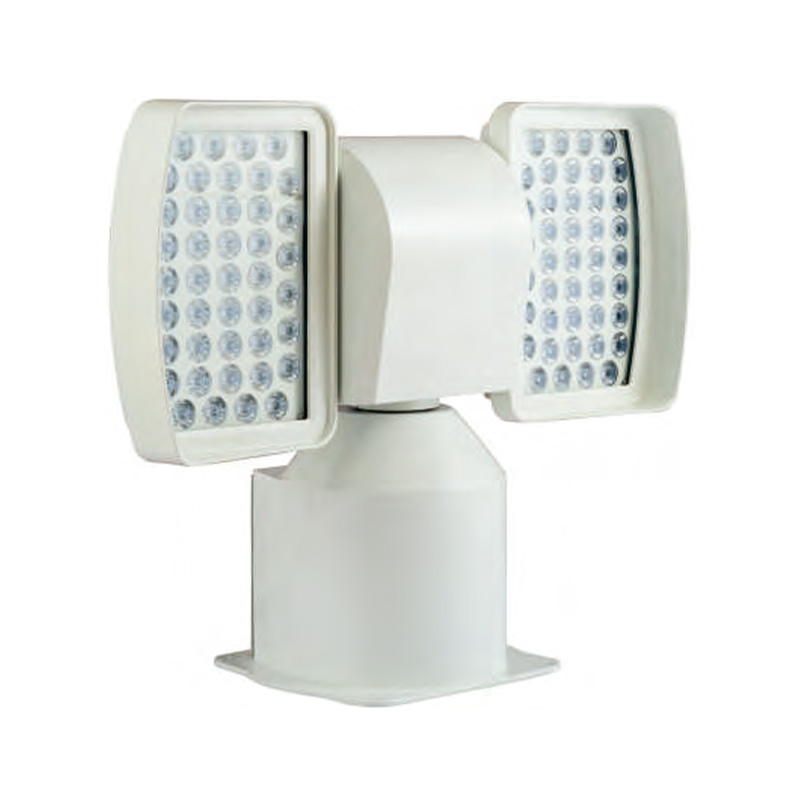
Applications of the integration of Marine Searchlights with Navigation Systems
This chart illustrates how integrating marine searchlights with navigation systems enhances various operational aspects, providing more automated, precise, and safer navigation and marine activities.
| Application | Description | Key Benefits |
| Nighttime Navigation | Searchlights automatically align with the vessel’s direction based on navigation data. | Enhances visibility and accuracy during night navigation operations, reducing reliance on manual adjustments. |
| Search and Rescue | Integrated with GPS, radar, and thermal sensors to locate and illuminate targets during rescue missions. | Increases efficiency and precision in search operations, improving chances of successful rescues. |
| Obstacle Avoidance | Searchlights dynamically illuminate detected obstacles using radar and AIS integration. | Improves situational awareness, minimizing collision risks by highlighting hazards like buoys or vessels. |
| Docking and Harbor Maneuvering | Lights automatically focus on docking points based on pre-programmed navigation routes. | Aids in safe and precise docking in low-visibility or nighttime conditions. |
| Weather-Condition-Based Illumination | Adjusts light intensity and direction based on weather inputs from navigation systems. | Improves visibility in fog, rain, or stormy conditions, enhancing safety. |
| Patrol and Surveillance | Searchlights track and illuminate specific coordinates or moving targets identified by radar. | Enhances security and surveillance, particularly in monitoring restricted areas or suspicious activities. |
| Offshore Operations | Searchlights aid in illuminating offshore platforms or structures, controlled via navigation systems. | Supports maintenance, inspection, and operational activities in low-light conditions offshore. |
| Emergency Navigation Assistance | Searchlights focus on pre-programmed emergency zones or routes, assisting evacuation or safety efforts. | Facilitates quicker responses to emergencies by lighting escape routes or distress areas. |
| Wildlife Monitoring and Conservation | Automatically adjusts to detect and illuminate marine life or objects without disturbing ecosystems. | Promotes sustainable monitoring of marine life with minimal disturbance. |
| Fishing and Commercial Marine Operations | Searchlights integrated with navigation tools for night fishing or directing vessels during operations. | Increases operational efficiency in nighttime fishing or commercial activities. |
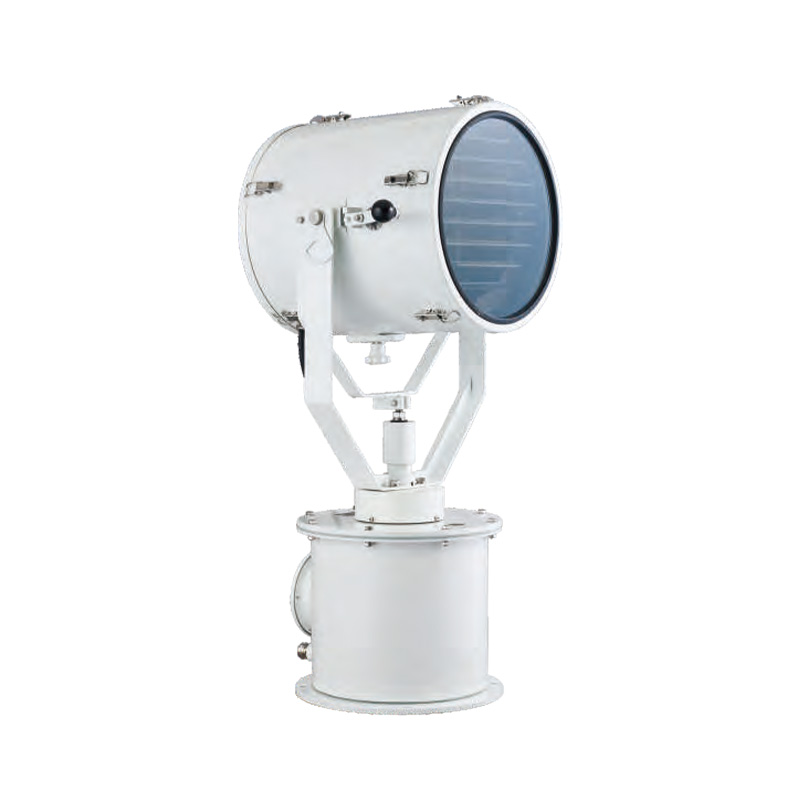
Challenges in the Integration of Marine Searchlights with Navigation Systems
This chart highlights the various challenges faced when integrating marine searchlights with navigation systems, along with potential solutions to address these issues.
| Challenge | Description | Potential Solutions |
| Technical Compatibility | Integrating diverse technologies (searchlights, navigation systems) may present compatibility issues. | Standardization of interfaces and protocols for seamless integration. |
| Environmental Conditions | Harsh marine environments can affect the performance of both searchlights and navigation systems. | Use of ruggedized and waterproof equipment to enhance durability. |
| Power Supply and Management | Ensuring a consistent and reliable power source for both systems can be challenging at sea. | Implementing energy-efficient technologies and alternative power sources, such as solar panels. |
| Data Synchronization | Real-time synchronization of data between searchlights and navigation systems is crucial but complex. | Developing advanced software solutions for better data integration and communication protocols. |
| User Interface Complexity | A complicated user interface can hinder effective operation, especially under stress. | Designing intuitive and user-friendly interfaces for operators. |
| Maintenance and Upkeep | Regular maintenance is required to ensure optimal performance of integrated systems in marine settings. | Establishing scheduled maintenance protocols and easy-access designs for repairs. |
| Regulatory Compliance | Adhering to maritime regulations and standards can complicate integration efforts. | Collaborating with regulatory bodies to ensure compliance during the design phase. |
| Cost of Integration | High costs associated with advanced technologies may deter some operators from investing. | Offering tiered integration solutions to accommodate different budget levels. |
| Interference from Other Systems | Potential interference from other onboard systems can disrupt the operation of navigation and lighting. | Employing shielding techniques and careful system placement to minimize interference. |
| Training and Skill Development | Operators may require extensive training to effectively use integrated systems. | Providing comprehensive training programs and user manuals to enhance operator skills. |
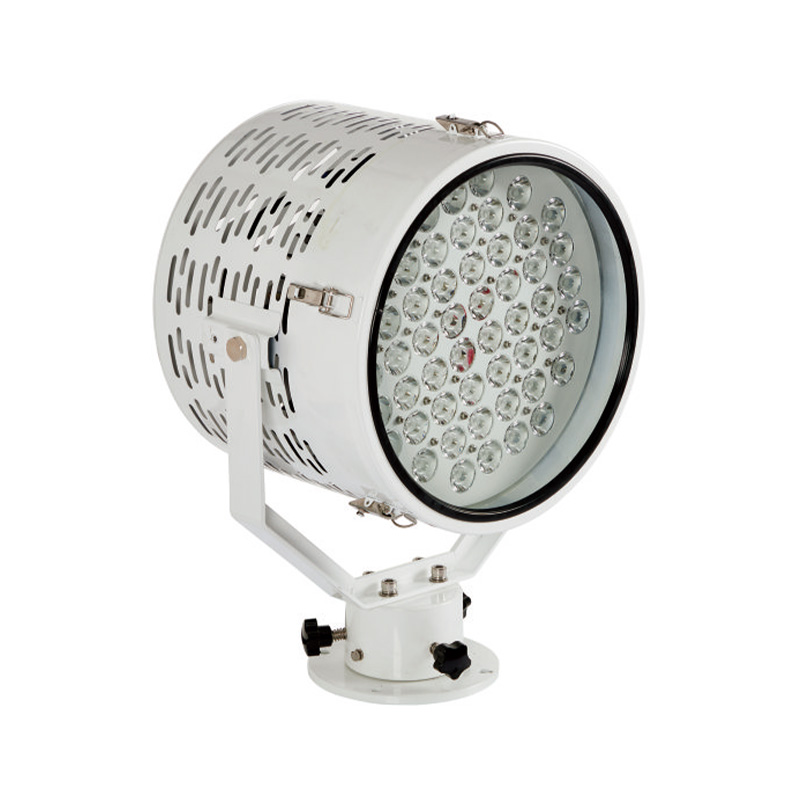
To sum up, the integration of marine searchlights with navigation systems is a technological innovation that significantly enhances maritime safety and operational efficiency. Through synchronizing lighting with navigation data, vessels can navigate more safely in low-visibility conditions, reduce the burden on crews, and improve response times during search and rescue missions.
